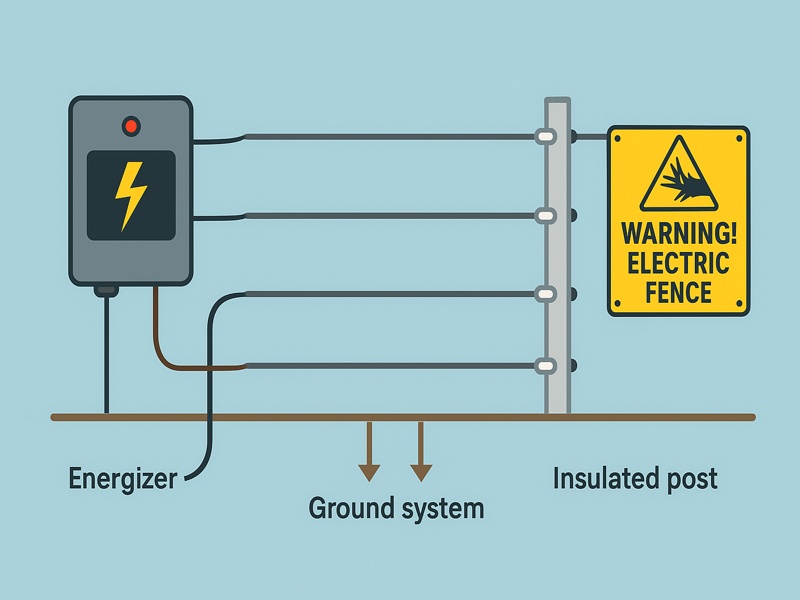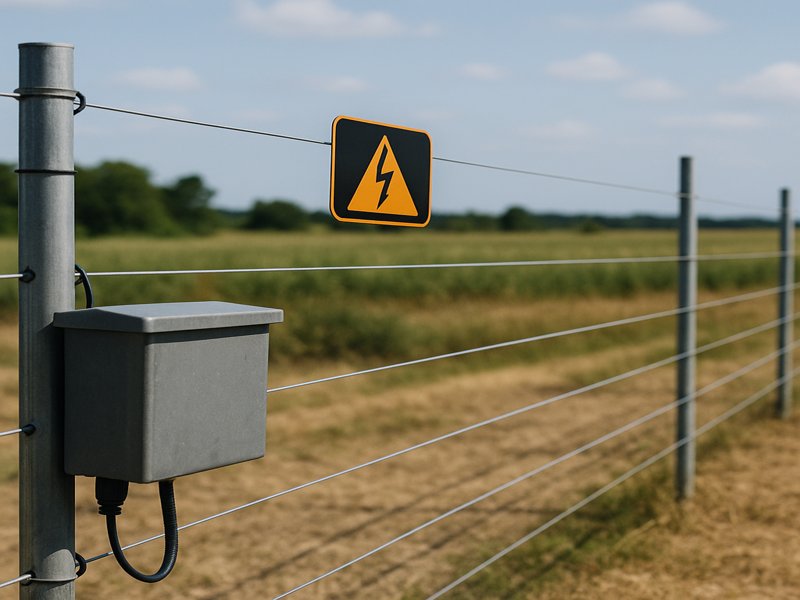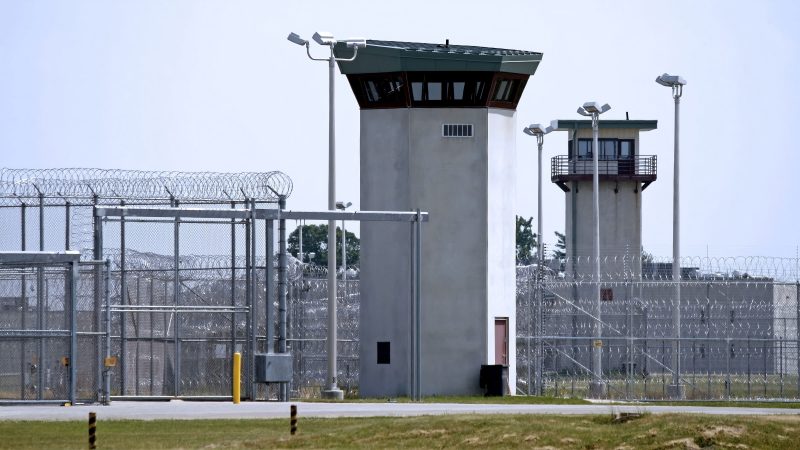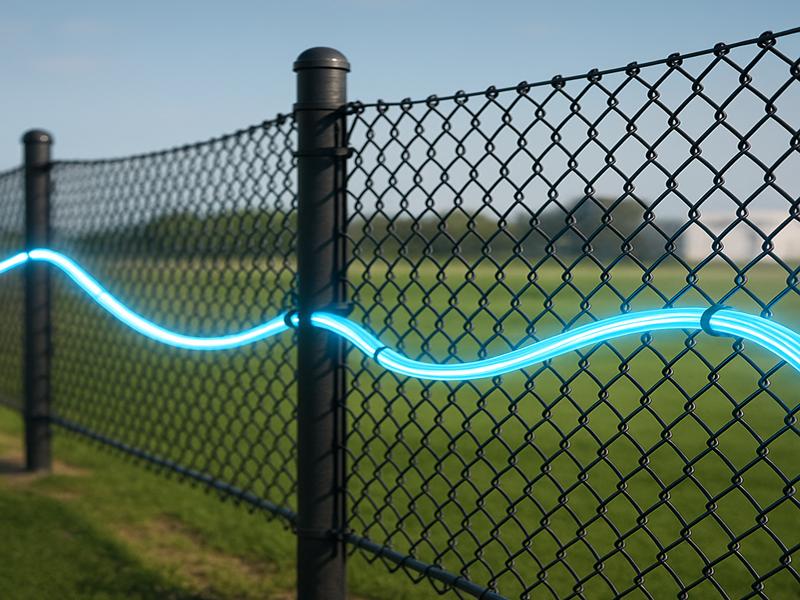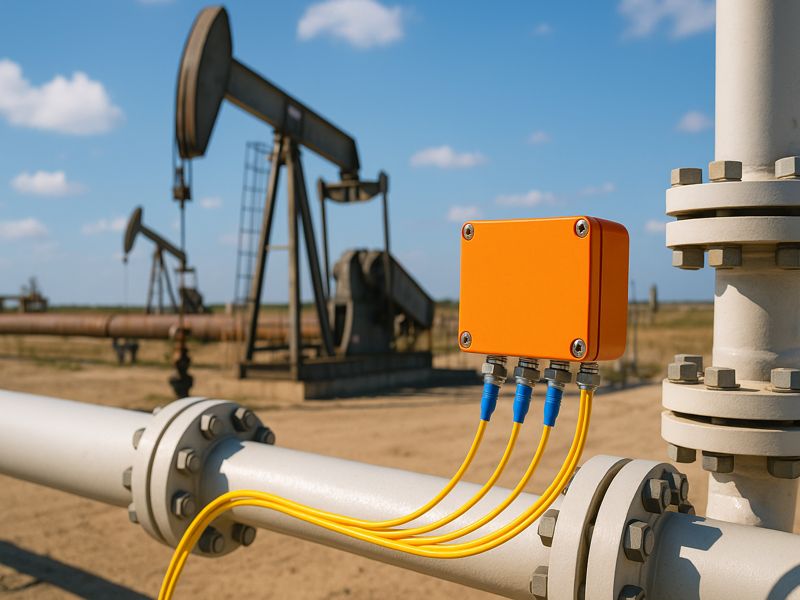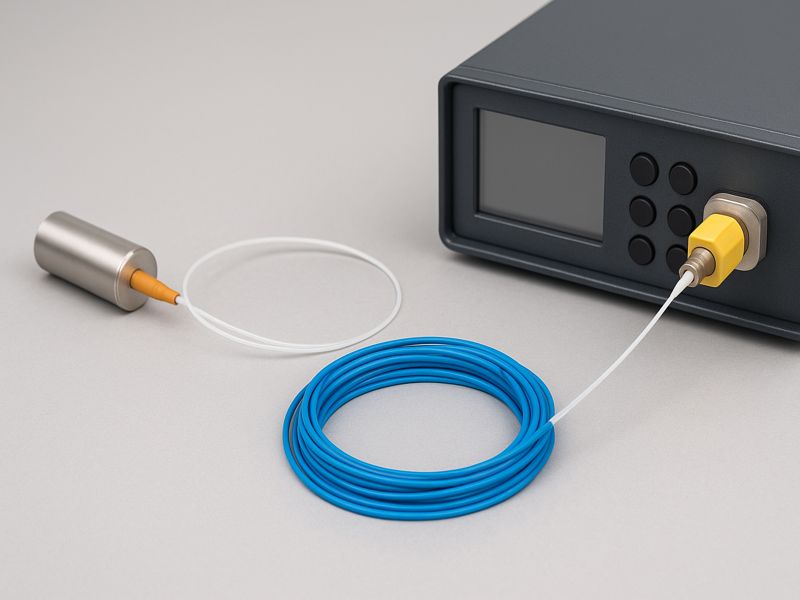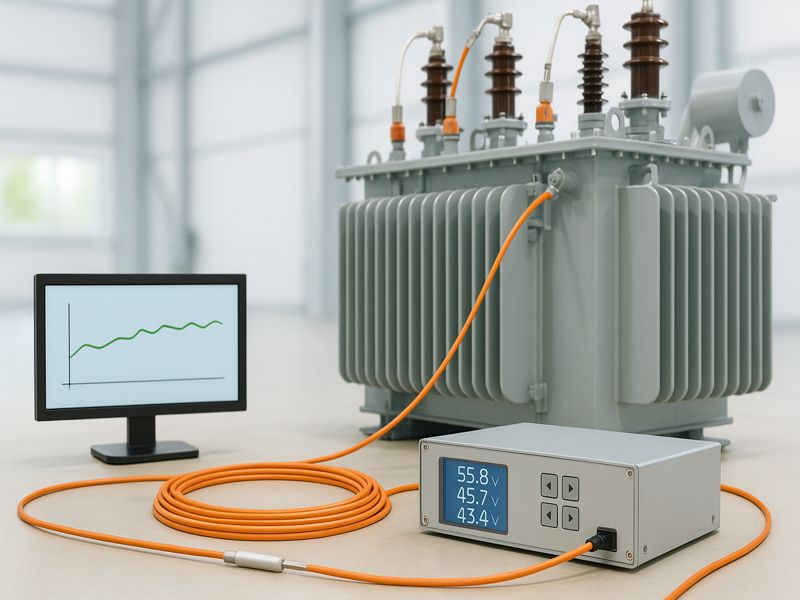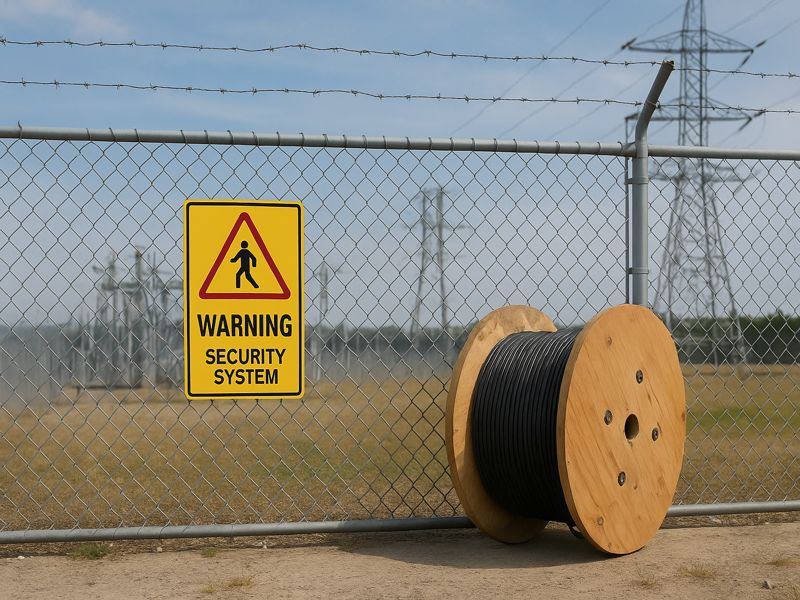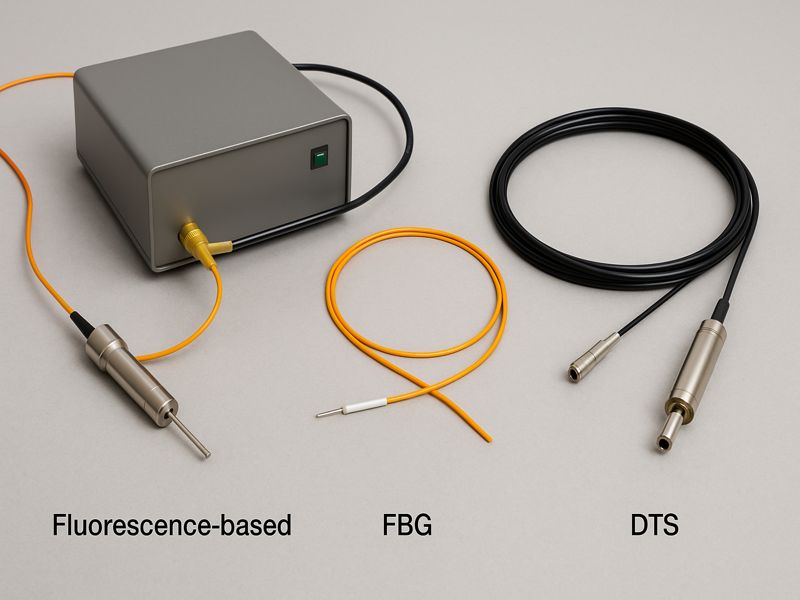As solar farms grow in importance, they face rising threats like theft and trespassing. Electric fencing offers a powerful, cost-effective way to protect these vital renewable energy assets. This article examines its operational principles, advantages, and role in modern solar farm security.
The Problem of Security in Solar Farms
Large-scale systems that cover hundreds or even thousands of acres are known as solar farms. They are often located in remote or rural areas with limited supervision, making them prime targets for:
- Copper theft from wiring and inverters
- Vandalism to panels or control systems
- Unauthorized entry by trespassers or protestors
- Animal intrusion that can cause physical damage
Such security breaches result not only in equipment loss or operational downtime but also in regulatory non-compliance and substantial financial loss. Therefore, implementing a reliable, 24/7 perimeter protection system is critical.
How Electric Fencing Works
Electric fencing is a psychological and physical barrier that delivers a short, safe, high-voltage pulse to any intruder who touches the fence. The goal is not to cause harm but to deliver a shock sufficient to deter humans and animals alike.
Important elements consist of:
- Conductors or wires that are electrified
- Power-converting devices that produce high-voltage pulses
- Insulators that prevent the leakage of current
- Warning signs, grounding systems, and fence monitors
The system is adaptable and self-sufficient for off-grid farms because it can be run on solar panels, batteries, or even grid electricity.
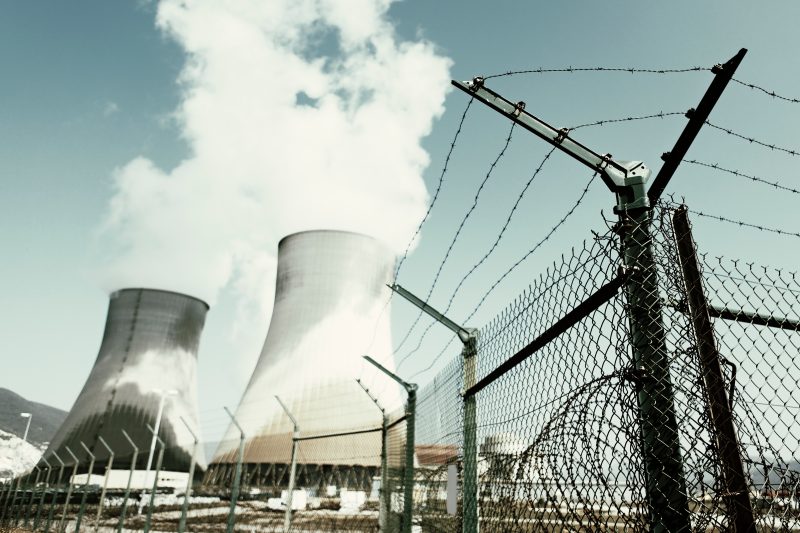
The Benefits of Electric Fencing for Solar Farms
Electric fencing brings a host of advantages specifically suited for the unique challenges of solar farms:
a. Deterrence and Immediate Response
The mere presence of an electrified fence acts as a strong psychological deterrent. If an intrusion attempt occurs, the non-lethal jolt is frequently sufficient to deter future attempts.
b. Cost-Effective Perimeter Coverage
Compared to hiring full-time security personnel or installing large physical barriers like walls, electric fencing offers long-term savings while covering large areas efficiently.
c. Reliability and Low Maintenance
Contemporary electric fencing systems are made to require less upkeep. Components such as galvanized steel wires, corrosion-resistant posts, and weatherproof energizers ensure long-term reliability in harsh environments.
d. Scalability
Electric fences can be easily scaled to protect small 10-acre solar farms or massive 1,000-acre utility installations, with consistent performance regardless of size.
Connectivity to Monitoring and Surveillance Systems
When incorporated into a multi-layered security system, electric fencing works best. Here’s how it works in synergy with other technologies:
a. Alarm Integration
Any disturbance to the fence—such as cutting wires or grounding attempts—triggers instant alarms. These alerts can be configured to notify onsite personnel, central control rooms, or even mobile devices.
b. Surveillance Cameras
Pairing the fence with CCTV systems enables real-time visual verification when an intrusion is detected. For a prompt response, PTZ cameras can be set to focus on the triggered zone.
c. Access Control Systems
Gates and access points within the electric fence can be secured with RFID readers or biometric scanners, ensuring only authorized personnel can enter.
d. Remote Monitoring
Many modern electric fence systems offer IoT-enabled monitoring, allowing administrators to track fence voltage, tamper alerts, and power status from anywhere via a mobile or web-based dashboard.
Environmental Compatibility
Electric fencing has minimal impact on the surrounding environment and wildlife, making it suitable for sustainable operations like solar farms.
- The short, pulsed nature of the current ensures that animals are repelled without lasting harm.
- The low power usage supports solar energy’s sustainability objectives.
- Solar-powered fence energizers offer green self-sufficiency, even in off-grid settings.
Compliance with Security Standards and Regulations
Governments and utility companies often require solar farms to comply with strict physical security standards. These standards are met in part via electric fencing:
- North American critical infrastructure NERC-CIP standards
- IEC 60335-2-76 standards for electric security fences
- Local regulations for animal safety and electromagnetic compatibility
Moreover, installing a compliant system helps in securing insurance coverage and reduces liability risks.
Types of Electric Fencing Suitable for Solar Farms
a. High-Security Multi-Wire Fences
These fences consist of 5–10 electrified strands and are designed to detect and repel intruders. Some also include tamper detection and zone-specific monitoring.
b. Fence-Top Electric Wires
Put in place over pre-existing fences to discourage climbing. This is ideal when combining electric security with pre-existing chain link or welded mesh fences.
c. Zoned Perimeter Fencing
The entire fence perimeter is divided into separate detection zones. This allows for faster localization of threats and tailored responses.
d. Dual-Purpose Solar Electric Fencing
In rural areas where animals may stray into solar farms, dual-purpose fencing offers both livestock control and asset protection.
Installation and Operational Best Practices
To maximize effectiveness, solar farm operators should consider the following:
- Perimeter Assessment: Begin with a site-specific risk analysis to determine fencing height, number of wires, and zoning requirements.
- Professional Installation: To ensure safety and compliance, make sure the system is installed by qualified technicians.
- Regular Testing: Monthly inspections of voltage levels, grounding efficiency, and alarm systems prevent performance degradation.
- Warning Signage: Clearly visible warning signs must be placed to comply with safety standards and deter casual trespassers.
- Maintenance Plan: Establish a schedule for vegetation control, voltage checks, and energizer performance validation.
Limitations and How to Overcome Them
Like any security solution, electric fencing is not without its challenges. However, most issues can be mitigated with proper design and integration.
a. False Alarms from Wildlife or Weather
Solution: Use multi-zone fencing with sensitivity settings and camera verification to avoid unnecessary alerts.
b. Power Disruption
Solution: Utilize solar-powered or battery-backed energizers to ensure operation during grid outages.
c. Vandalism or Sabotage
Solution: Choose tamper-detectable wire systems and include redundant perimeter detection methods such as vibration or buried sensors.
Cost Considerations and ROI
The cost of an electric fence varies based on materials, area, and integration. Typically, installation costs range between $8 to $15 per linear foot, with annual maintenance being minimal.
Return on Investment (ROI) is realized through:
- Reduction in theft and damage
- Lower insurance premiums
- Decreased need for 24/7 manned security
- Extended asset life and reduced downtime
ROI for large-scale solar farms is frequently accomplished in 12 to 24 months.
The Future of Solar Farm Security
With the global emphasis on renewable energy, securing solar farms will become increasingly critical. As threats evolve, electric fencing will likely be part of next-generation perimeter security, combined with:
- AI-based behavior analysis
- Drone patrol integration
- Smart intrusion prediction models
Future electric fences will not just be reactive tools but proactive security components, part of a broader ecosystem of intelligent infrastructure.
